As the Philadelphia district aims to tell the public how it is managing its aging infrastructure, parents and community leaders remain concerned about possible school closures, lack of enrollment data, and transparency when it comes to school building maintenance and safety.
The district is in the middle of public engagement about its long-term plan to improve school facilities. During this round of talks, which will take place over Zoom, the district’s facilities planning team is providing an overview of the process, including project goals and data collected from the district. These sessions began May 10 and are open to the public. Additional sessions are scheduled for May 18, 19, 24, and 25. To participate, residents can register online.
In addition, as part of that plan, all district school buildings will be evaluated over the next 12 months, with the goal of creating recommendations for each building.
To identify problems with school buildings and identify recommendations to address them, the district also launched a $1.3 million Facilities Planning Process last month. School officials unveiled a website with an interactive map that the community could use to access information about each school building’s condition, as well as facility assessments conducted by third-party industry professionals.
But the overall process has attracted concerns. For example, some parents have complained about the website’s lack of information, or the quality of it. There are also frustrations with the district’s past approach to buildings, and the teachers’ union is already warning the district not to consider closing schools.
Caroline Thorn, for example, said she is worried the new website doesn’t show when the district’s enrollment predictions have been inaccurate.
“The data shown has enrollment numbers for the last few years but they do not include on those graphs the projections they made for those years or any error rate,” said Thorn, a parent of two district students.
Thorn said she would also like the district to show exactly what calculations they are using to determine whether a school’s use of space is efficient.
District spokeswoman Monica Lewis said school buildings’ capacities were calculated by an engineering firm in the spring of 2021, while enrollment numbers come from last October. Lewis noted that the district’s website does not include any enrollment projections; the district will complete and share the next set of enrollment forecasts this coming fall.
Hopes that the district will be proactive
Outgoing Superintendent William Hite said last fall the district planned to spend some of its $1.1 billion in federal coronavirus relief on building repairs and upgrades. The average Philadelphia school building is 75 years old.
Eugene Desyatnik, president of the Bella Vista Neighbors Association in South Philadelphia and parent of three students of catchment schools, said he’s glad the district is engaging in a facilities planning process. He said he hopes it’s a sign that the district is becoming more proactive.
“To date … the voice of the community fell on deaf ears, even when the community was offering data points on neighborhood development in the pipeline, or when local institutions were offering expertise on environmental conditions,” Desyatnik said.
“The district’s typical response has been one of ‘we got it,’ followed by a crisis,” he added, “whether it’s over-enrollment, a roof collapse, or a diagnosis, followed by a reactive response.”
Enrollment could also be a factor. The student population is 120,000 down from 125,000 five years ago when the district recommended closing three schools a year due to declining enrollment.
At the same time, Philadelphia Federation of Teachers President Jerry Jordan warned the district that in addition to the importance of transparency and meaningful investments, “School closures must not be part of this process.” Jordan stressed that closing schools would represent “a disinvestment from public education and a disinvestment from communities.”
Teachers last year protested over building conditions, specifically asbestos, and threatened to boycott at the start of this school year.
Sarah Winawer-Wetzel, a parent of a second grader, said she’s glad the district released the interactive map, but said the map itself reveals major and disturbing inequities.
“It’s troubling when you see how [the] historical inequitable distribution of funding means that one catchment has all metrics in green, and a school right next door is completely red or orange,” Winawer-Wetzel said, referring to the website metrics in which green signals a relatively strong score and red represents a relatively weak score.
Meanwhile, Sarah Kloss, a district parent, said her big concern is that the district is highlighting so many expensive issues that it’s not clear how it will prioritize which schools to fix. And like Thorn, she worries about the data the district will use when making decisions.
This article was originally posted on Philly brings process to fix aging schools to the public. Is it enough?





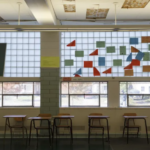
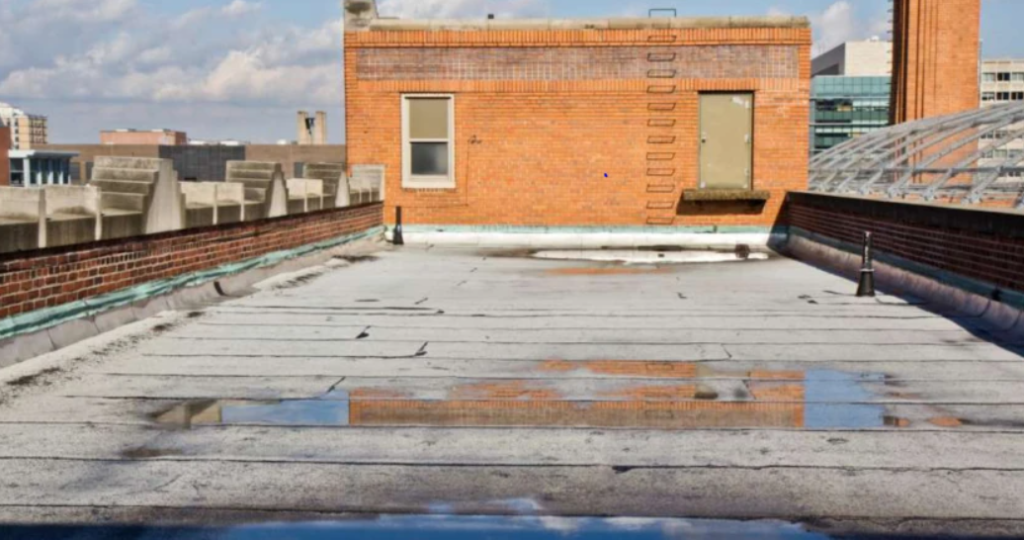
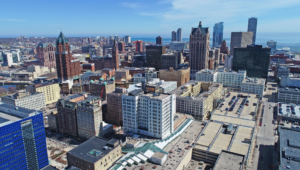

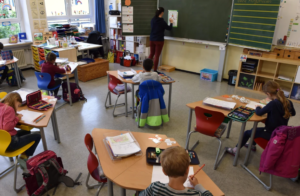
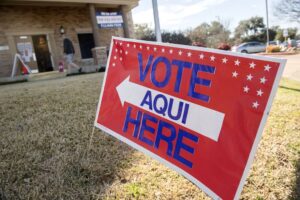
More Stories
More West Virginia schools will participate in opioid abuse prevention program
Pennsylvania is increasingly underfunding special education, report finds
Memphis’ Kingsbury High School community steps up call for changes